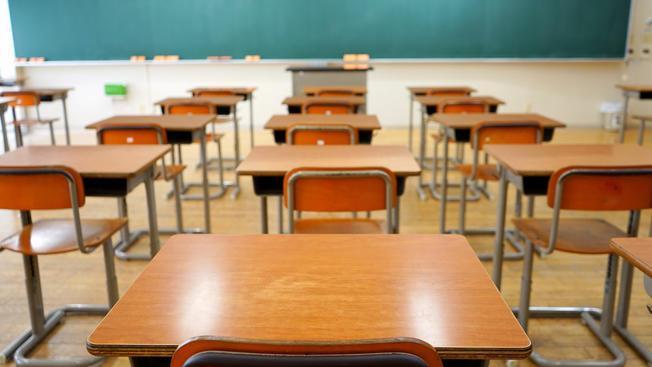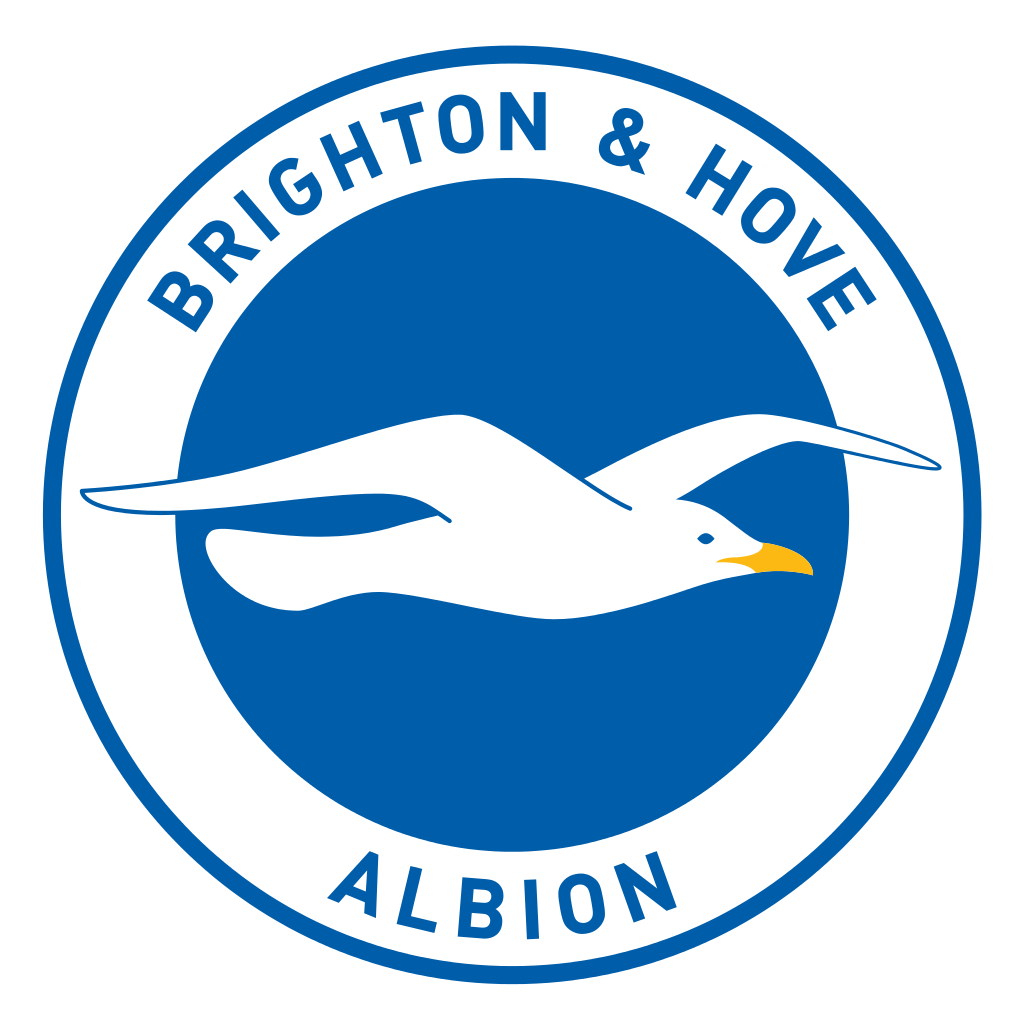Proposed changes to secondary school admissions are due to go before councillors next week. They include open admissions, catchment area changes, reduced intakes at three schools and more preferences.
The open admissions proposal will apply to 5 per cent rather than 20 per cent of places in each secondary school. Brighton and Hove City Council said that it had listened.
The council plans to make the changes from September next year as pupil numbers fall and to address inequalities.
An unusually high number of people responded to an eight-week public consultation in December and January – almost 4,000.
And the proposals led to two campaign groups – the Parent Support Group and Equity in Education – pitching in, with parents both for and against the proposal for open admission.
Proposals are due to go before a special council meeting on Thursday 27 February. They are
-
-
- Five per cent of the published admission number (PAN) to be open admission for pupils from single-school catchment areas
- Reduce the intake in year 7 by one class or 30 pupils at Blatchington Mill and Dorothy Stringer and by two classes at Longhill
- Give parents and guardians four choices rather than three when applying for secondary school
- Give priority to children eligible for free school meals up to 30 per cent of admissions
- Move part of Whitehawk into the Dorothy Stringer and Varndean catchment area and Kemp Town into the Longhill catchment
-
Governors at Dorothy Stringer have welcomed the proposal to cut the school’s intake because the school has a high number of pupils on a relatively small site.
The governors said in response to the council’s consultation that pupils receiving free school meals already make up more than 30 per cent of admissions.
Last year councillors agreed to prioritise pupils receiving free school meals, up to the Brighton and Hove average, from September this year.
The “open admissions” proposal has proved the most controversy, with governors from six local authority maintained secondary schools sharing their concerns in the public consultation.
Open admissions would give children living in four secondary school catchments – BACA, PACA, Longhill and Patcham High – a better change of a place at schools such as Stringer, Varndean, Blatchington Mill and Hove Park.
The council has forecast that open admissions could lead to 250 children in Hove and central Brighton not gaining a place at their preferred local school if up to 20 per cent of places were allocated in this way.
Deputy council leader Jacob Taylor said that the council has listened and the option going before councillors next week would be for 5 per cent open admissions.
Concerns have been raised about children with special educational needs and disabilities (SEND) losing out under the open admissions proposal.
Both Brighton MPs have raised concerns about the impact on children with SEND, particularly those without an education, health and care plan (ECHP).
The Green MP for Brighton Pavilion, Siân Berry, said: “This concerns me in relation to the proposed catchment changes because only children with an EHCP can benefit from admission processes outside the current proposals to find the right school for them and because it is clear that the location of schools can be crucial in maintaining engagement and attendance for SEND pupils, regardless of the quality of the support when they arrive at the school.
“I have heard examples via my casework where it is clear from the information provided by medical professionals that a child will not cope with a bus journey.
“In one case a child in this situation was initially refused an EHCP assessment by the council, meaning they would be expected to travel to school by bus, despite medical professionals making clear this would not be feasible.”
The Labour MP for Brighton Kemptown and Peacehaven, Chris Ward, said: “The families I’ve been working with have told me just how important it is that our school system becomes more inclusive and better supports SEND children.
“I’m concerned that the current catchment proposals may not deliver this and could result in some children with SEND having to travel a long way and potentially via multiple forms of transport just to go to school.
“Frankly, that’s not realistic for many children with SEND that I have met, especially those with complex needs – and I worry could make a bad situation worse.”
Both MPs have backed parents’ concerns about potential increased travel and costs, with free bus passes available only to children living more than three miles away from their school.
Both MPs are concerned about the cost for families who find themselves within the three-mile limit who will need to pay for buses.
Mr Ward’s constituency includes Whitehawk, Manor Farm, Bevendean and Moulsecoomb which are all listed as deprived in the 2021 census.
According to the census ,Ms Berry’s constituency has areas of deprivation in Hollingdean, the New England area and central Brighton.
The council said that guidance in interpretig the existing prioritites would address some of these concerns and that home to school travel and transport would be reviewed.
The council has been reducing admissions at primary schools for the past five to six years as pupil numbers have dropped.
School funding is largely linked to pupil numbers and the council has estimated that state secondary schools across Brighton and Hove will have 431 spare places by 2031.
Councillor Taylor said:“ We’re grateful to everyone who has shared their views on the school admissions proposals.
“Thousands of passionate, thoughtful and detailed responses were submitted through the consultation and we engaged with hundreds more residents at a series of public and targeted consultation events across the city.
“We’ve listened to your feedback, and the recommendations set out in this report have been shaped by the responses we received during the consultation stage.
“We are committed to making Brighton and Hove a fair and inclusive city, where no child or family is left behind. We are proposing a set of changes that we believe will make our school admission system fairer.
“We have a responsibility to protect our local education system, ensure the long-term sustainability of our schools and improve educational outcomes for all young people in Brighton and Hove.
“The recommendations outlined in this report offer several ways in which we can tackle inequality in the city and create greater equity of opportunity for our children.”
The special full council meeting is due to start at 3pm on Thursday 27 February. The meeting is scheduled for webcast on the council website.










5% seems appropriate and would appease most sensible people. Its a fair compromise.